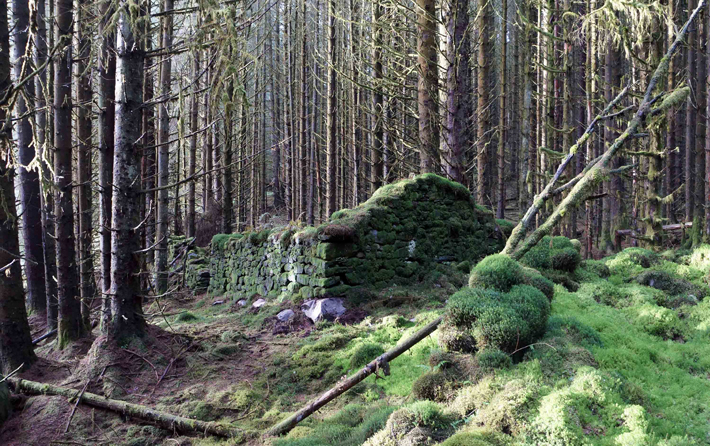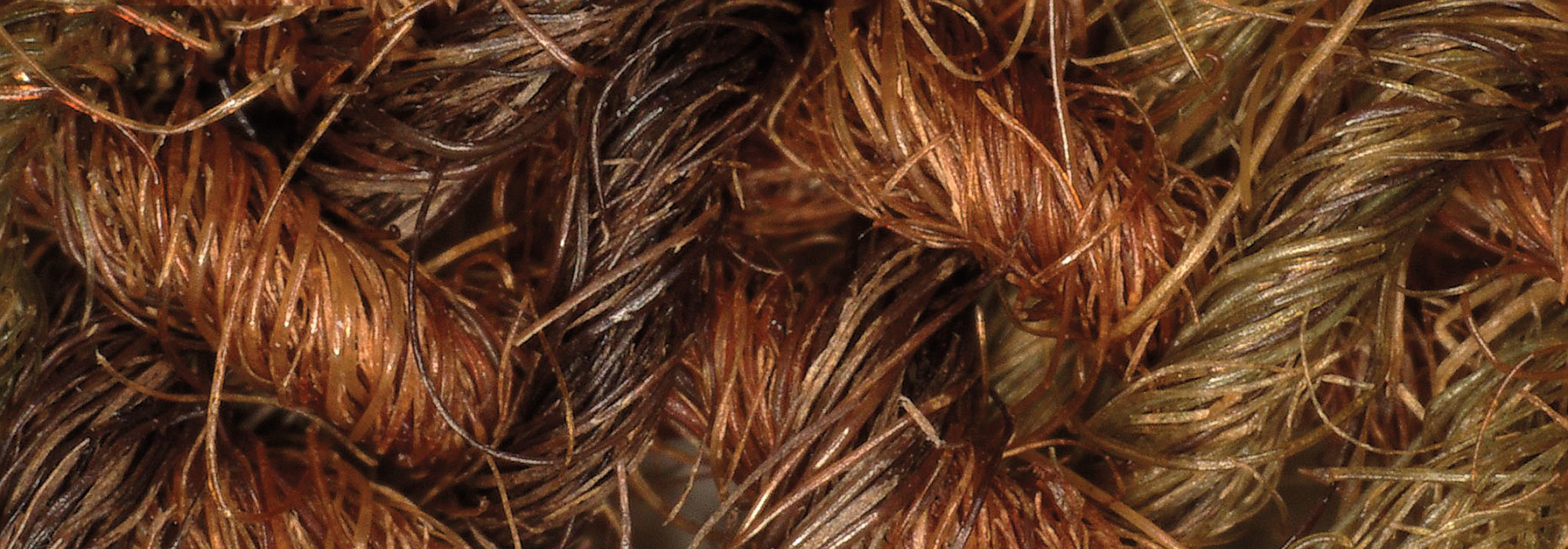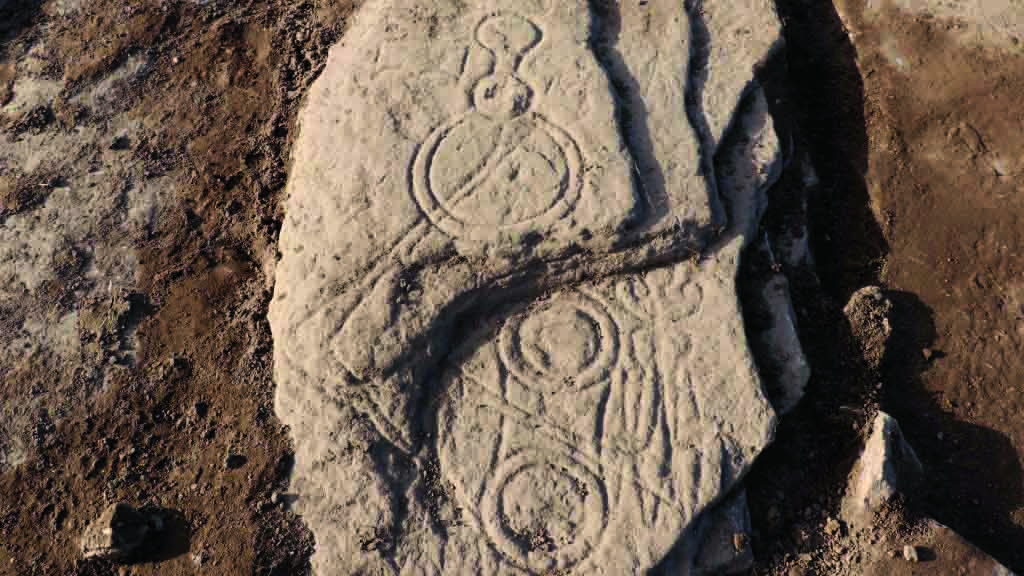
ALEXANDRIA, SCOTLAND—Forestry and Land Scotland archaeologist Matt Ritchie thinks two long, narrow buildings built deep in Loch Ard Forest in the late eighteenth century may have been illicit distilleries, according to a BBC News report. Richie and his colleagues recorded the ruins with laser scanners and built 3-D digital models of the sites. The buildings, which were both associated with large corn drying kilns, were constructed on farms close to water sources and not far from Glasgow markets, he explained. The 1788 Excise Act banned the use of stills producing less than 100 gallons of whiskey at a time, but legal whiskey was often of poor quality, since the large distilleries tended to use raw unmalted grain in order to avoid paying the heavy tax imposed on malted grain. Ritchie said grain could have been malted in the remote corn drying kilns, fermented and distilled in the long narrow buildings, and smuggled southward where it would have sold for a higher price than the inferior legal product. Both farms were abandoned in the 1840s, he added. To read about a nineteenth-century Scottish peasant community, go to "Letter from Scotland: Living on the Edge."










